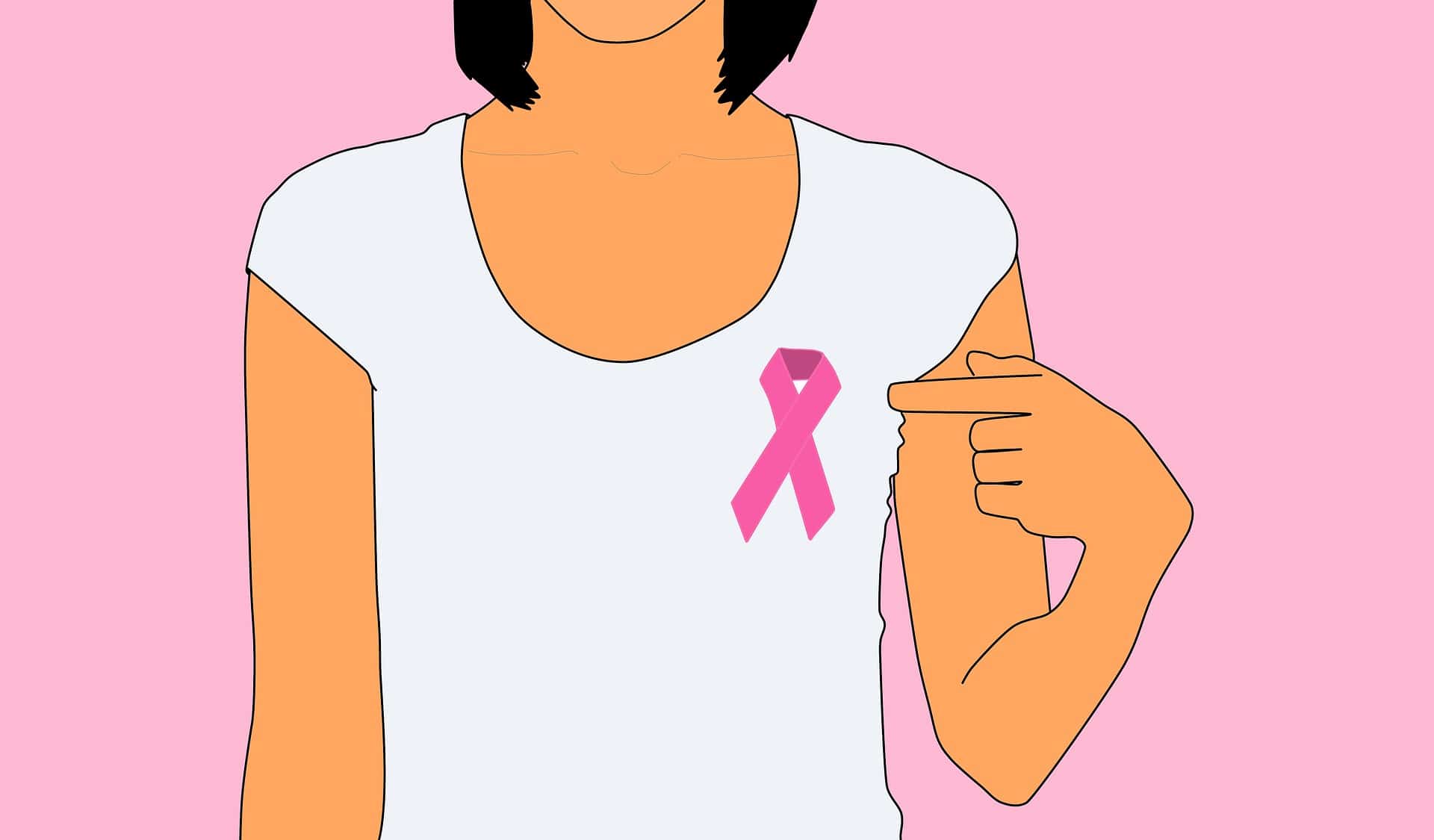It is Pink October! National Breast Cancer Awareness Month dates back to October 1985, when the first organised movement to bring attention to the dangers of breast cancer took place in the United States. Since then, campaigns to inform communities about this disease have continued to prosper and grow.
Apart from non-melanoma skin cancer, breast cancer is the most common cancer in women of all races, with a lifetime risk of 1 in 25 in South Africa, according to the 2016 National Cancer Registry (NCR).
Although we cannot entirely eliminate the risk of getting breast cancer, research shows that lifestyle changes can decrease the risk of breast cancer, even in women at high risk of contracting the disease. Not only women can get breast cancer, but men too.
The risk of breast cancer increases as women age, but many women under the age of 40 are diagnosed with breast cancer. All women are at risk, but particularly women with a family history of breast cancer.
How do we prevent getting breast cancer?
Do not smoke. There is a link between smoking and breast cancer risk, mainly in premenopausal women.
Limit alcohol intake. Have only one drink per day. Your risk of breast cancer rises with increased alcohol intake.
Stay at a healthy weight. Obesity and being overweight is linked with a greater risk of breast cancer.
Breastfeeding provides a protective effect. The longer you breastfeed, the greater the effect.
Be active. Moderate physical activity of 150 to 300 minutes a week is advised. This should include aerobic activities and strength training.
Curb hormone therapy. Ask your doctor to help manage menopause with non-hormonal therapies. If you are using hormone therapies, use the lowest dose that is effective, and monitor the length of time you take hormones.
Avoid pollution and radiation exposure. Medical imaging methods come with high doses of radiation. Have tests only when necessary.
Eat a balanced diet. Healthy diets have been linked to a decreased risk for some types of cancer, stroke, heart disease, and diabetes.
Be attentive to breast cancer detection. If you notice any changes in your breasts, such as a new lump or skin changes, consult your doctor. Also, ask your physician when to start with screenings and mammograms based on your medical history.
Is Breast Cancer curable?
How long can you live after being diagnosed with breast cancer? The NCI reports that 90 percent of women with breast cancer survive 5 years after diagnosis. This survival rate includes all women with breast cancer, regardless of the stage. The 5-year survival rate for women diagnosed with localized breast cancer is about 99 percent.
Remember to show your support for those warriors who have fought and are still fighting breast cancer and wear your pink ribbon during the month of Pink October!
References:
CANSA – The Cancer Association of South Africa. 2020. Reduce My Cancer Risk. [online]
Mayo Clinic. 2018. Breast Cancer: How To Reduce Your Risk. [online]









